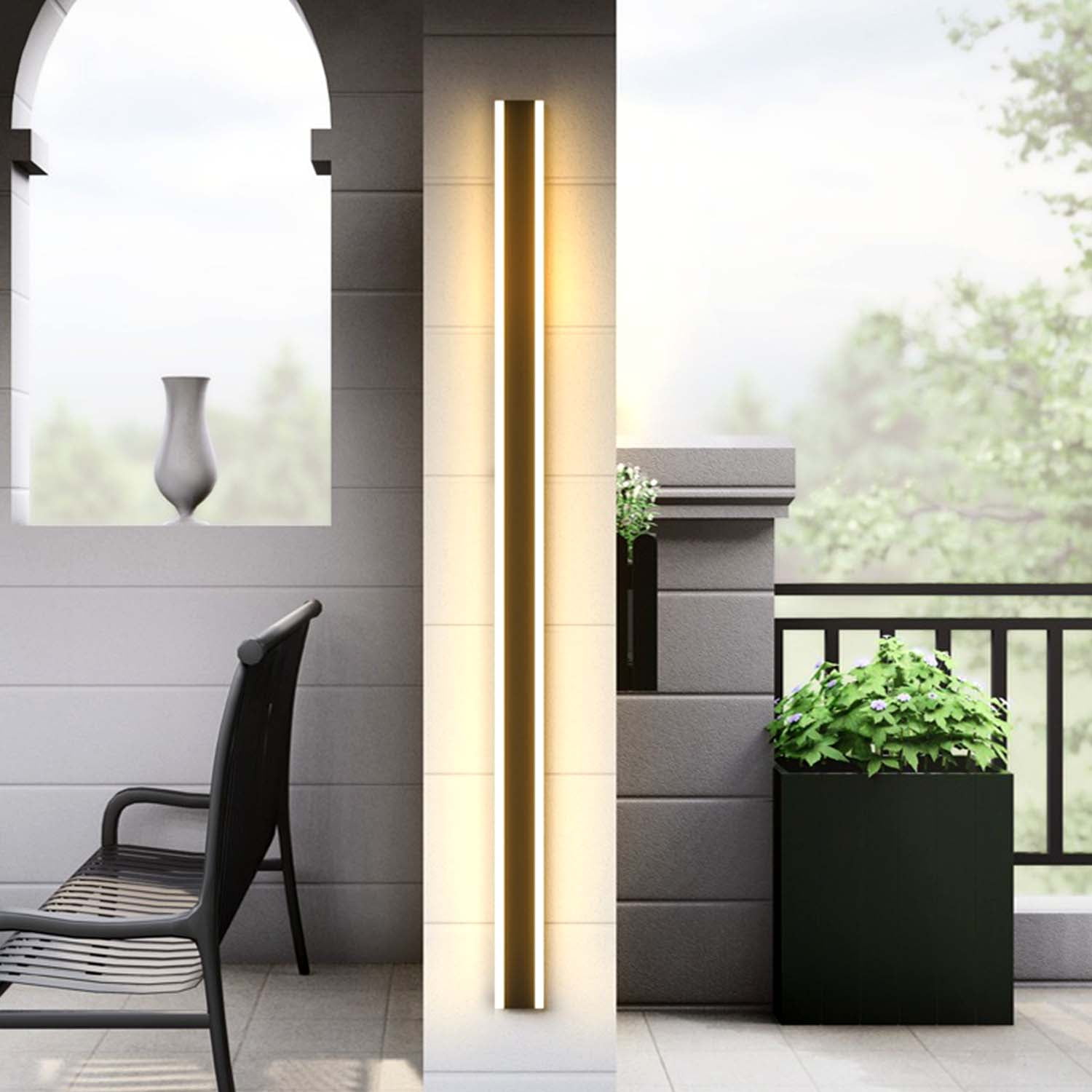
One frequent type of Light Emitting Diode video wall solution is the direct view LED. Such solution uses individual Light Emitting Diode modules which are arranged closely together to form a big display. Direct view LED screens are recognized for their elevated brightness and lively hues, making them ideal for outdoor activities and well-lit illuminated environments. They also have a broad sight perspective, which means that viewers can view the screen clearly from various positions. This renders directly viewed LED walls a popular option for sports arenas and outdoor festivals.
A different kind of LED display screen solution is the LED-backlit LCD. Such solution combines traditional LCD displays and Light Emitting Diode backlighting to enhance brightness as well as color accuracy. LED-backlit LCDs are often utilized in interior environments, including shopping malls and conference spaces. These displays provide superior visual quality and are typically more affordable than directly viewed LED walls. However, they may not perform as effectively in well-lit settings, since the illumination can occasionally wash out the colors.
A third option is the OLED video wall. Organic Light Emitting Diode solution offers exceptional differentiation as well as hue richness in relation to other types of displays. Every pixel in an OLED screen produces its individual luminescence, enabling for genuine blacks and vibrant colors. This makes OLED video walls particularly appealing for applications that require high-quality images, including gallery exhibitions and luxury shopping stores. However, Organic Light Emitting Diode solution can be costlier costly and may not be as bright as direct view LED walls, rendering it less appropriate for external applications.
In addition to the aforementioned options, various also various applications for Light Emitting Diode display walls. They can be used for advertising, entertainment, as well as information display. For instance, companies often use Light Emitting Diode display screens for digital signage to draw in clients as well as promote products. Within amusement, they enhance the visual encounter at music events and events, offering lively backgrounds and captivating visuals. In business environments, LED display screens can be utilized for demonstrations, video conferencing, as well as training sessions, helping to communicate information in a aesthetically appealing way.
To summarize, Light Emitting Diode video walls come in various types, every with its unique benefits and applications. Directly viewed LED walls are ideal for external use, while LED-backlit Liquid Crystal Displays are more suitable for indoor environments. Organic Light Emitting Diode video walls offer superior image clarity yet may come at a greater cost. Understanding these variations can help organizations to make knowledgeable decisions about the best kind of LED display wall best satisfies their needs, whether it be for promotion, entertainment, and visit homepage corporate applications.